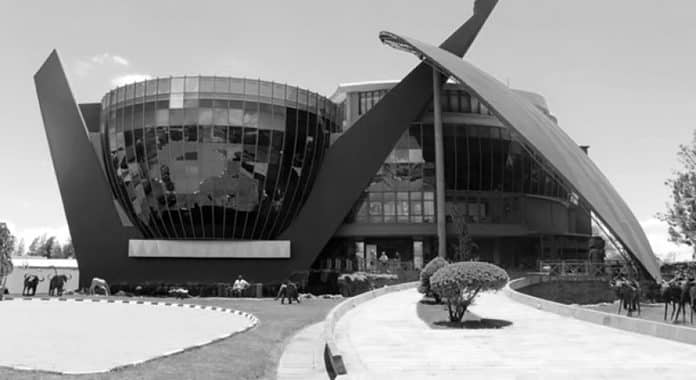A Quick Snapshot of the Arusha Cultural Heritage Centre
In 1994, Arusha Cultural Heritage Centre was established. It is the first African institution to focus only on studying the wealth of knowledge contained within African cultural traditions. We’re proud to say that this firm has been built by generations of hard work, devotion, and knowledge. Managing director Saifuddin Khanbhai, a charismatic leader with a deep understanding of African history and culture, is in command.
The buildings on the property of Arusha Cultural Heritage Centre have become famous due to their distinctive design and the wealth of African art they house, assuring the survival of African art for future generations. Kilimanjaro‘s Uhuru Peak serves as the inspiration for the primary construction. There’s also a remarkable array of handcrafted items, including Verdite sculptures, unique masks, and paintings by well-known African artists. Indigenous artists’ work is now prominently displayed in an excellent Art Gallery housed within Arusha Cultural Heritage Centre.

The Gallery aims to represent, communicate, and celebrate Africa’s cultural legacy, and the emblems reflect this. African symbols are prominently displayed on the Gallery’s exterior, including a spear, drum, and shield. A 20-year-old 18-foot family tree is just one of many famous works of art on display at the museum. Tourists worldwide also go to Arusha Cultural Heritage Centre because of its unrivalled reputation as a source of the world’s finest Tanzanite stones, also found in Tanzania’s Mererani highlands. In the interior, there are three areas: history, faunas, and spirit. The history area has anthropological artefacts, while the fauna section contains contemporary paintings and sculptures of the curvatures that traverse the African Savanna. The spirit portion encompasses Africa’s allure, vibrancy, and essence. Additional shows about the lives of Tanzanian tribes, such as the Pygmy, Maasai, and Hadzabe, are routinely staged at the art gallery’s amphitheatre; conferencing is another use for it as well.
The center’s upper floor also has day rooms for guests; they offer a peaceful place to unwind after a long safari. Personal care and treatment choices abound at the Gallery’s spa. Elephant conservation in Africa is the primary focus of the Gallery’s profits, and the elephant sculpture demonstrates this with its large, unusual beaded elephant sculpture. Other charity organizations such as orphanages, schools, boreholes, and well-digging are supported by the money raised. Apart from that, the centre has a variety of shops selling anything, including spices, beads, antiques and a flea market. In addition to the art, the centre exuded a welcoming vibe. Arusha Cultural Heritage Centre attracts visitors globally. Celebrities like Cindy Crawford and former UN Secretary-General Kofi Annan have supported it, and notable guests and state leaders like President Bill Clinton and Prince William of Holland. On the other hand, Arusha Cultural Heritage Centre treats every tourist as if they were a Celebrity.
For more articles related to Cultural Institutions, click here!






























